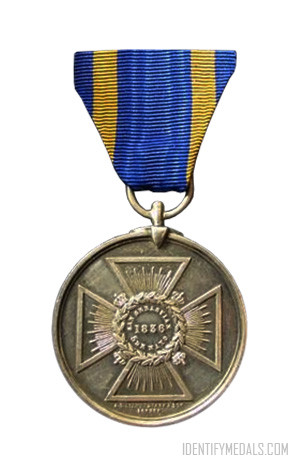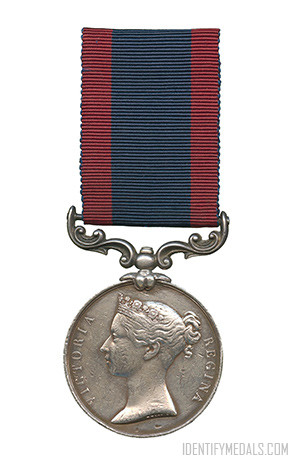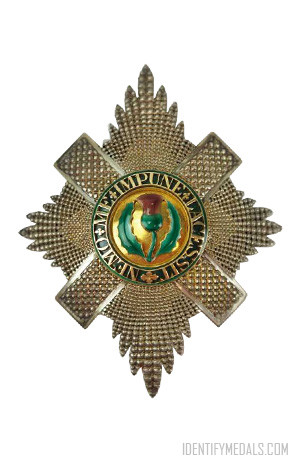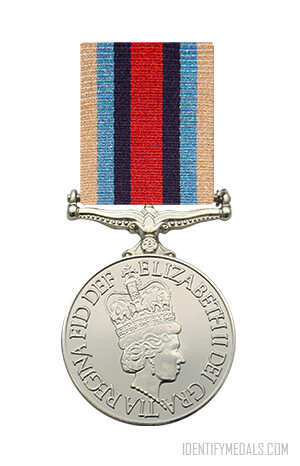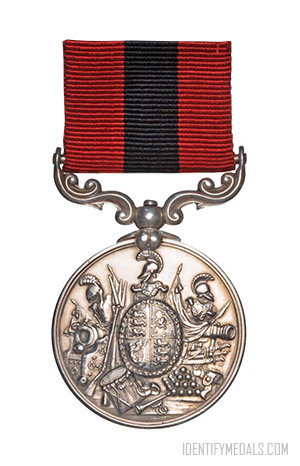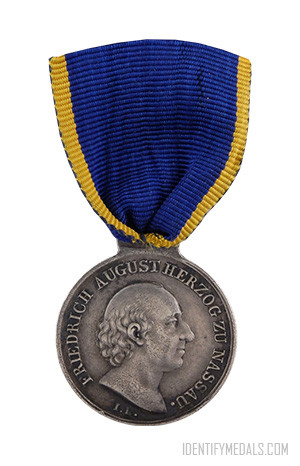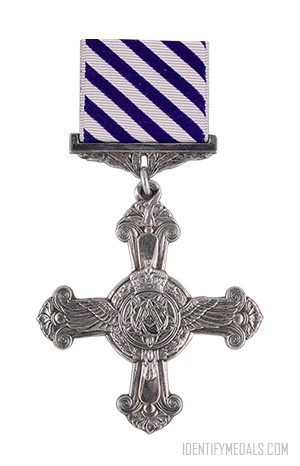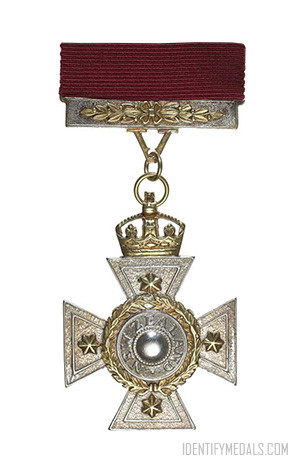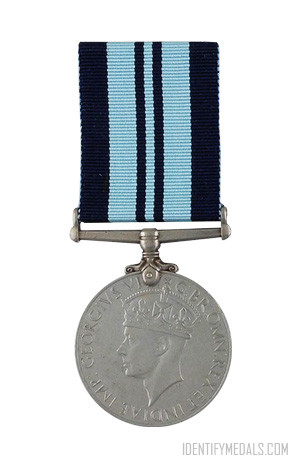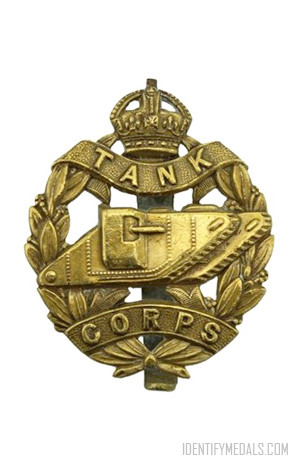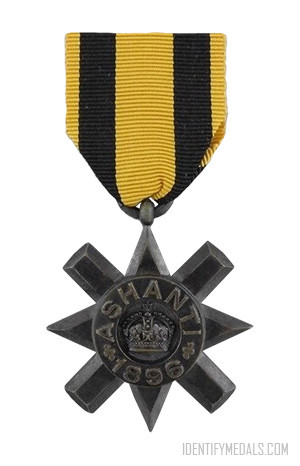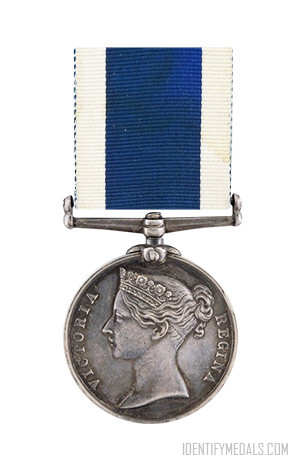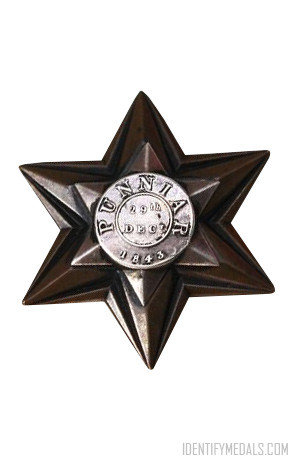- Time Period: Pre-WW1
- Year of Institution: 1836
- Country: Great Britain
The British Legion Medal was a British Empire campaign medal instituted in 1836 and presented for service in Spain during the First Carlist War, a civil war that was fought in Spain between 1833 and 1839.
The medal was awarded to all those who volunteered and subsequently served in Spain with the British Auxiliary Legion. It was issued un-named. The British Auxiliary Legion was commanded by General Sir George De Lacey Evans (1787-1870) and volunteered for service in Spain in support of Isabella II who, at the age of three, succeeded her father as a monarch. Her uncle, Don Carlos, opposed this and triggered off a war that lasted until 1840. The war was largely fought in the Northern provinces.
The British Legion Medal Design
The medal is circular, struck in silver or white metal and measures 36 mm in diameter.
The obverse bears a Cross Pattée with the central inscription ‘TUJO’, alluding to the battle at Laguna del Tujo, surrounded by a laurel leaf. The reverse depicts a British lion at the center surrounded by a cordon of the Golden Fleece. The inscription; ‘ESPANA’ is above and ‘AGRADECIDA’ below meaning ‘Grateful Spain’.
The ribbon is broad blue with narrow yellow stripes towards the edges. The medal is fitted with a ring for suspension from a double-looped bar and has a brooch fitment at the top of the ribbon.

